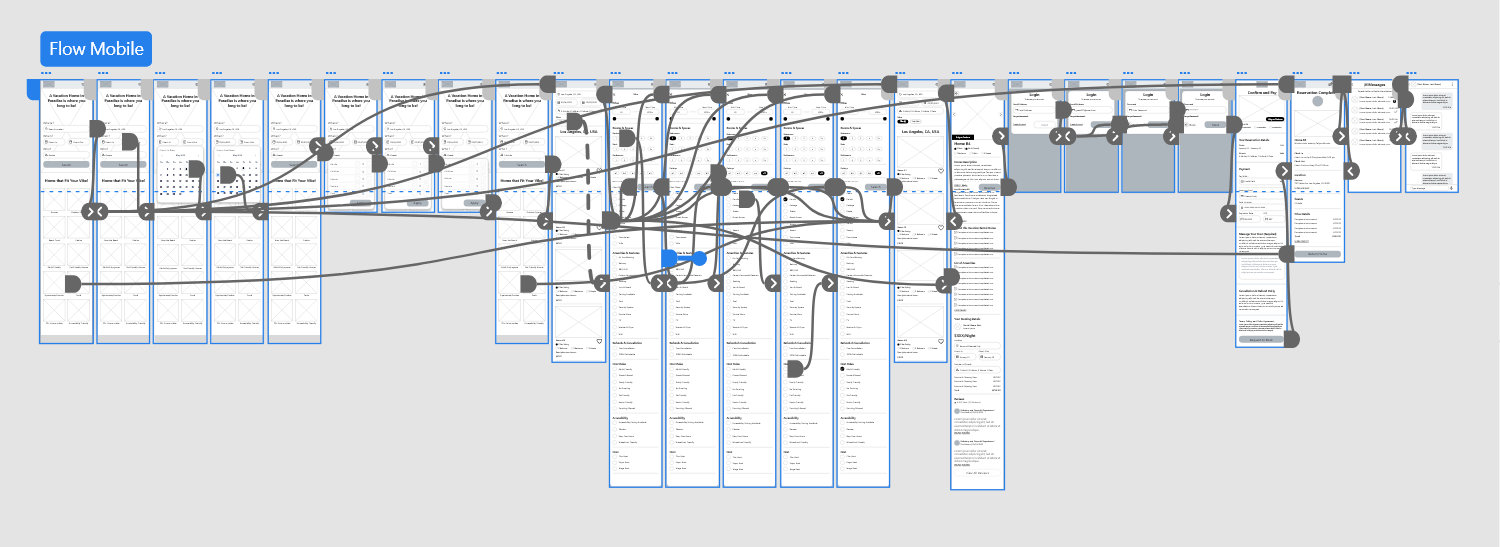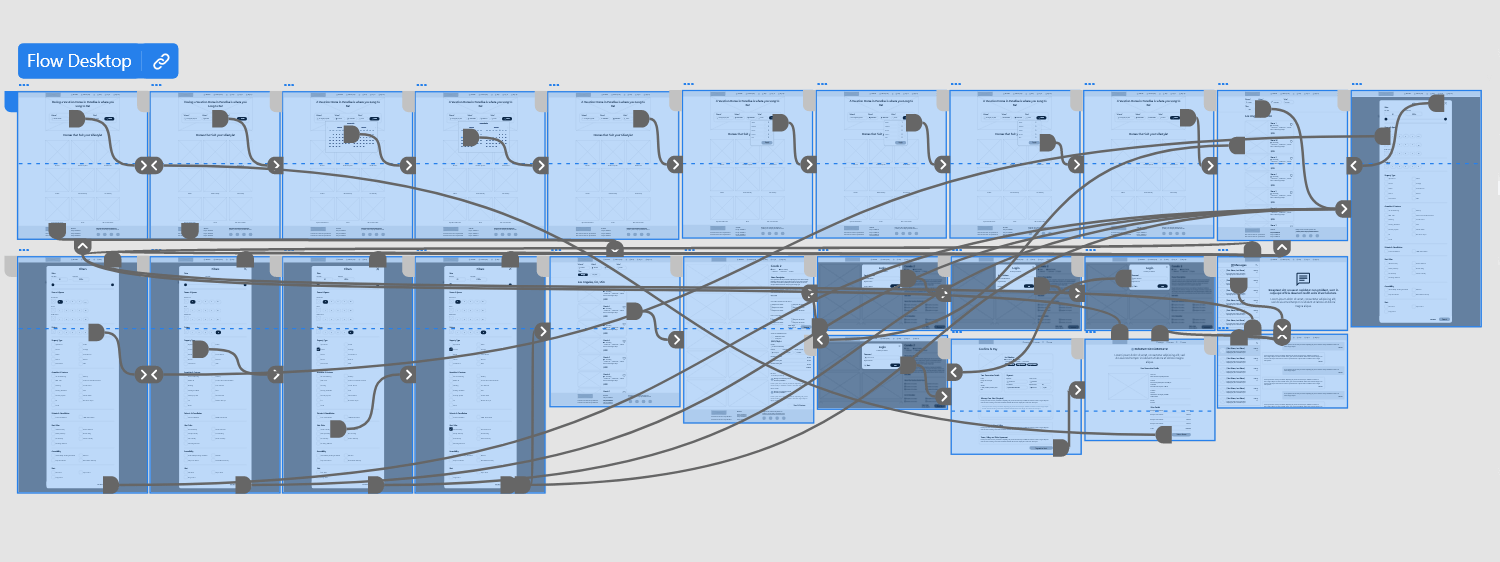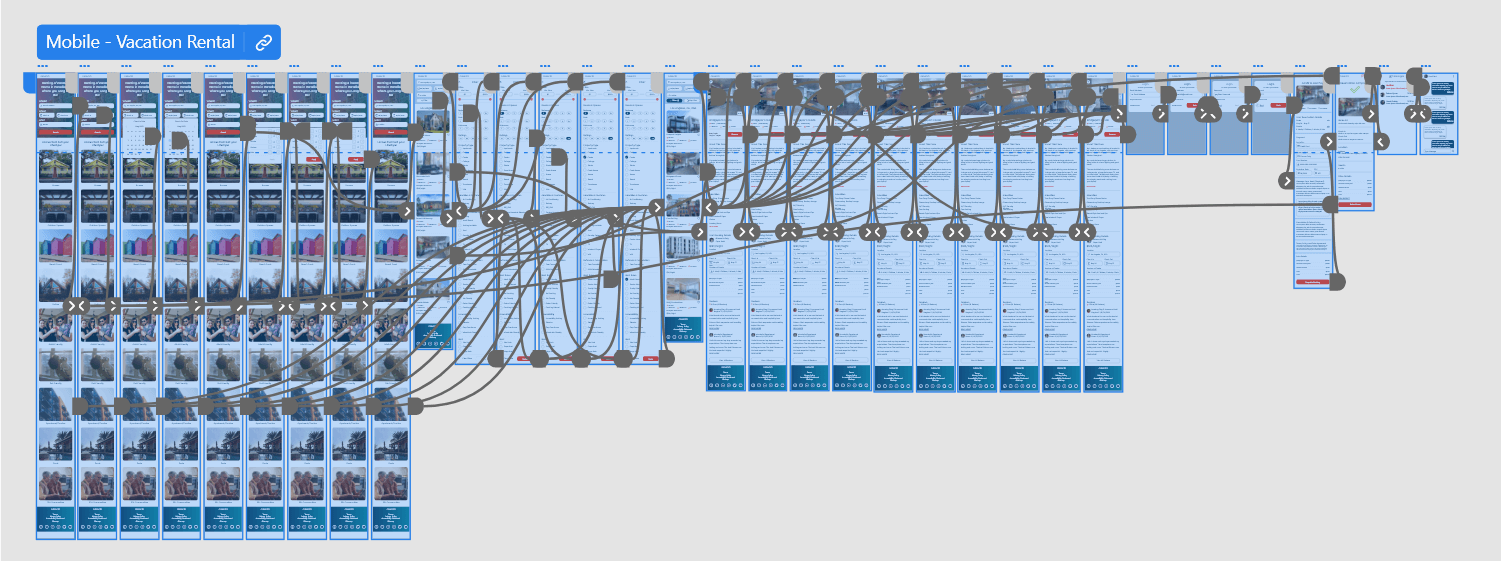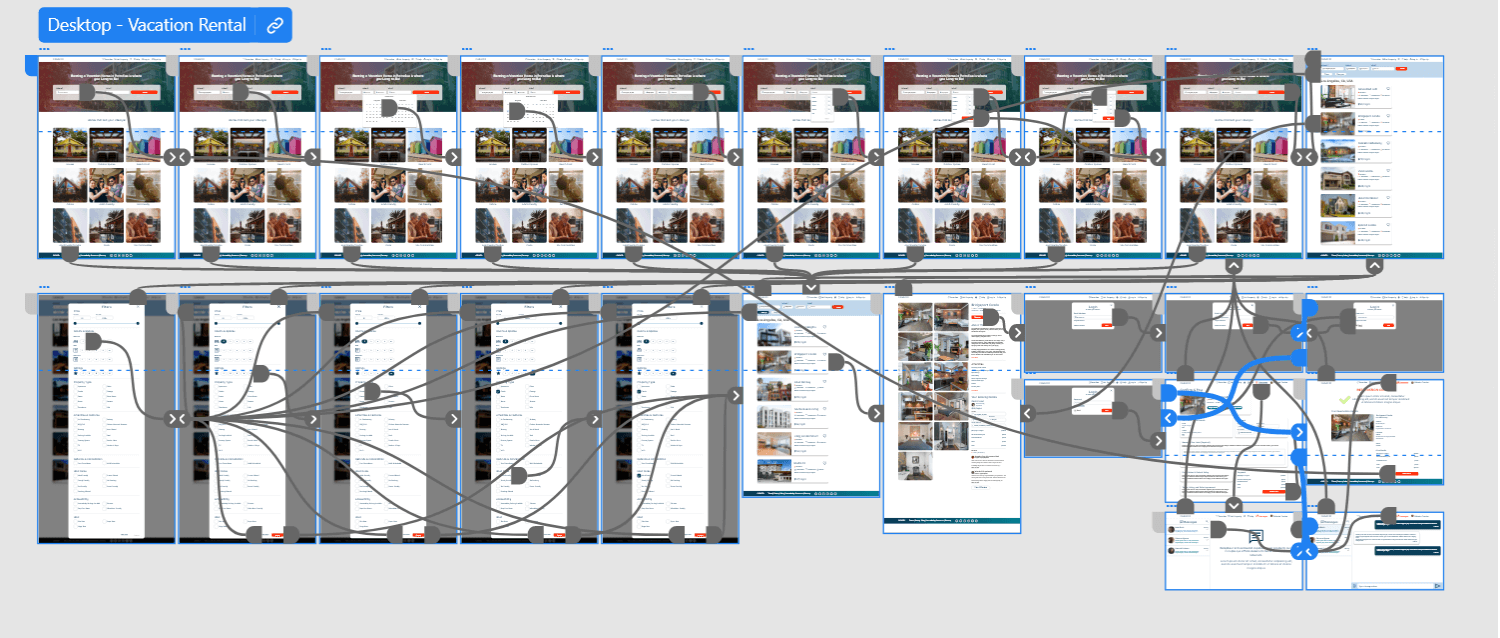Design a Responsive Website for Finding Vacation Rental Homes
Google UX Design Case Study
My Role
A UX Designer who worked on the entire project from start to finish.
Table of Contents
1. Project Overview | 2. Understanding the User | 3. Starting the Design |
1. Project Overview
The Product
A responsive website for finding vacation rental homes.
CASACIO is an online platform that helps renters find vacation rental homes that suit their preferences and interests.
Guests can filter vacation rental homes on the website based on their lifestyle, type of housing, communities, guests, and activities they wish to partake in with themselves and with others.
Tools
Pen & Paper
Adobe XD
Project Duration
5-7 Weeks
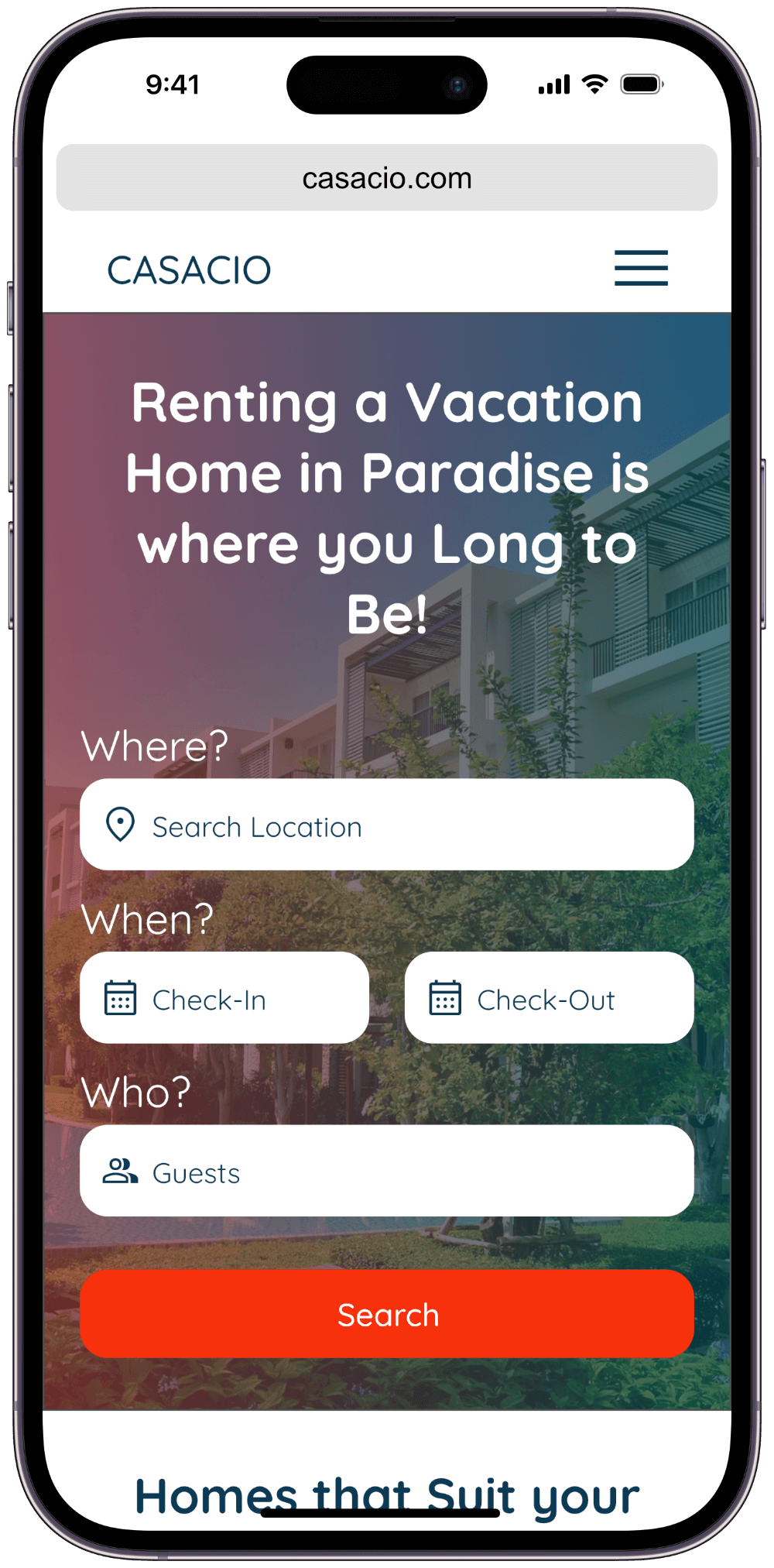
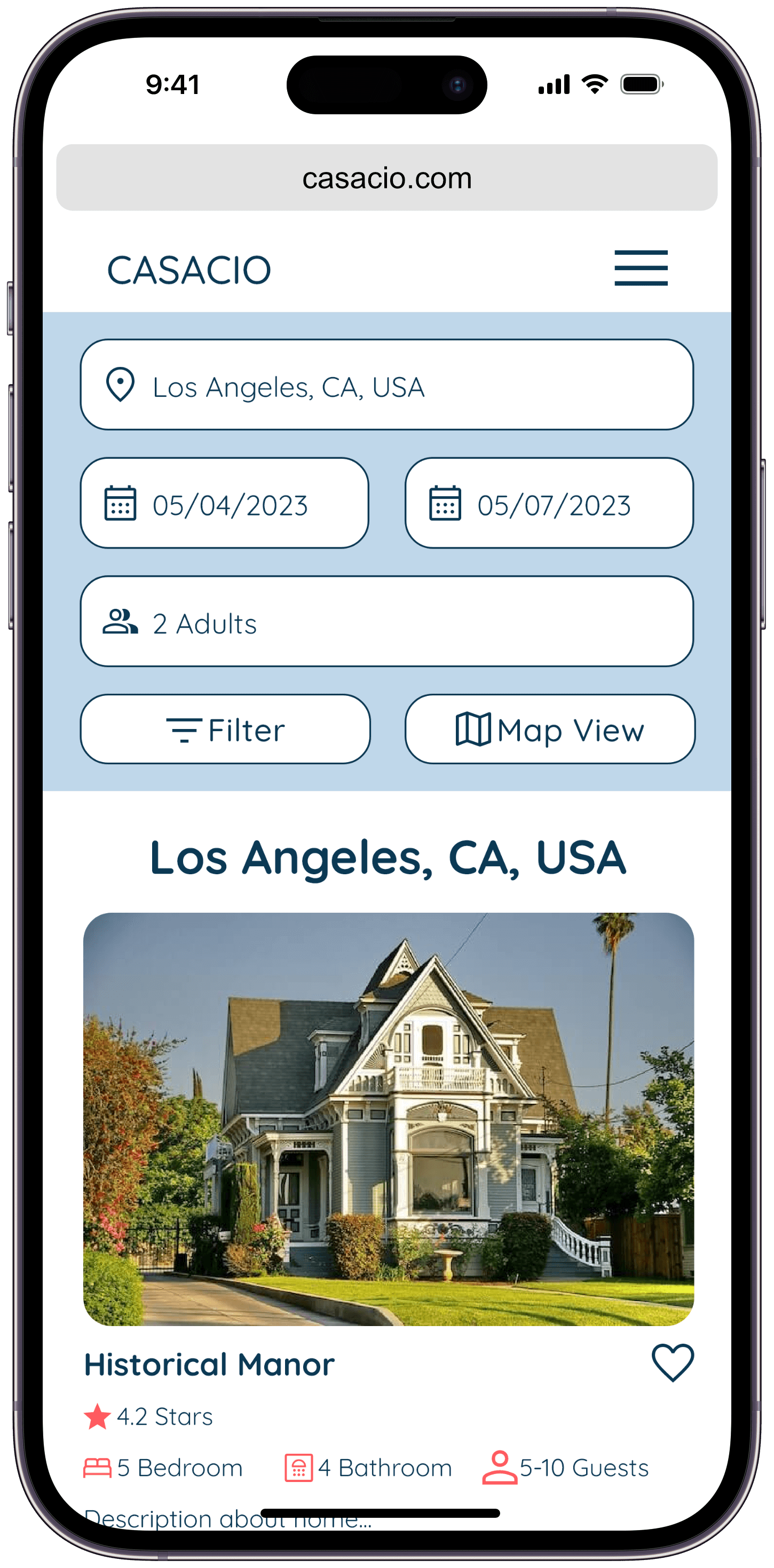
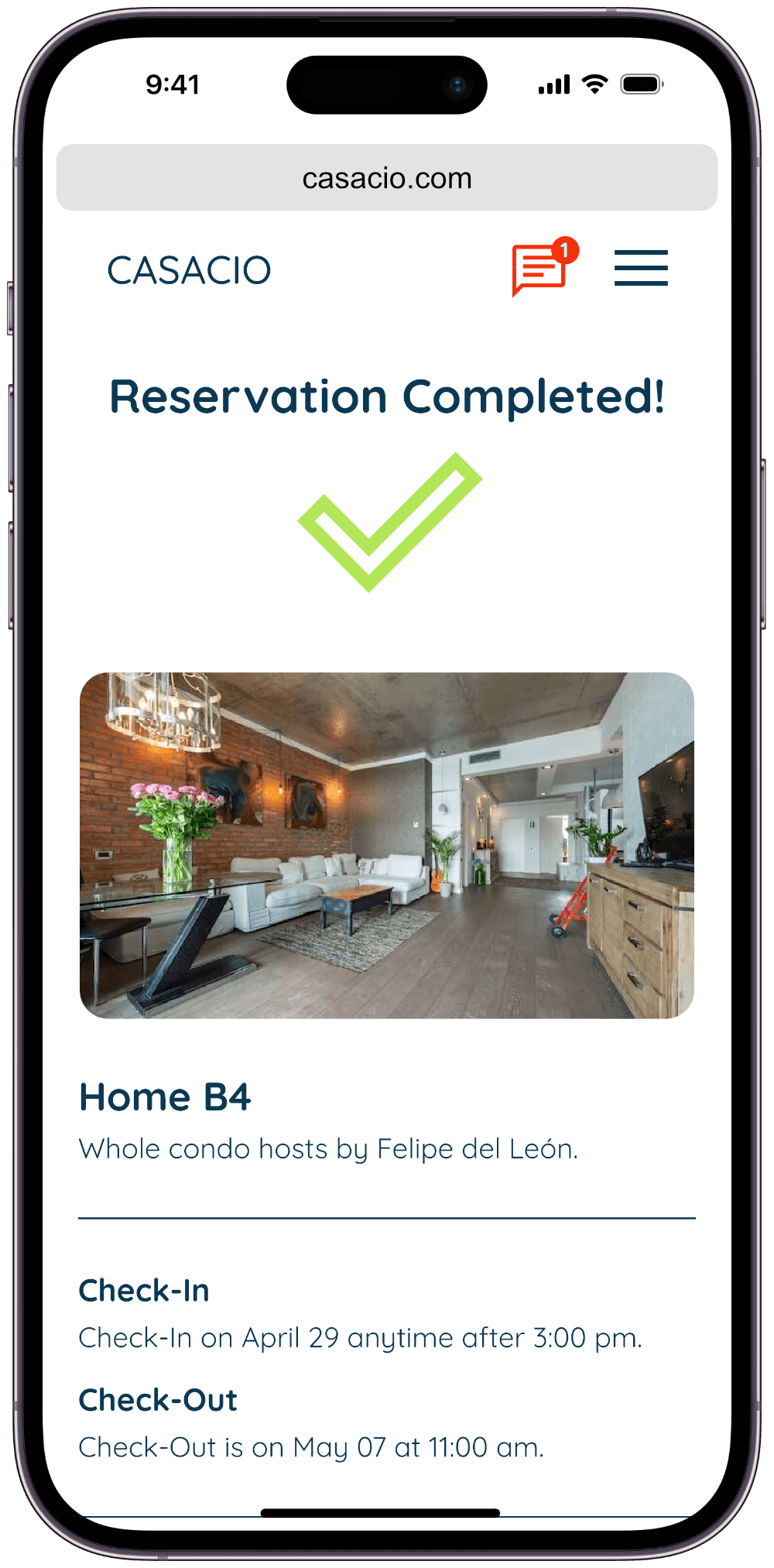
The Challenges
- Guests not following house rules. Specifically, when guests with children book a vacation rental home when the host states in their listing that their vacation rental home does not accommodate children due to location, safety, and liability reasons.
- Communication issues between guests and hosts due to little to no responsiveness and acknowledgment to guests before booking.
- Users have to set filter preferences repeatedly and cannot view previous searches and filter selections.
The Goal
- Building a responsive website where users can reserve a vacation rental home that fits their needs based on the preferences users enter and acknowledge the listing’s rules.
- Users can save filter preferences and past searches to avoid entering the info multiple times for greater efficiency in finding relevant rental homes.
- Have a messaging system within the website where hosts and guests can communicate without relying on third-party apps/browsers.
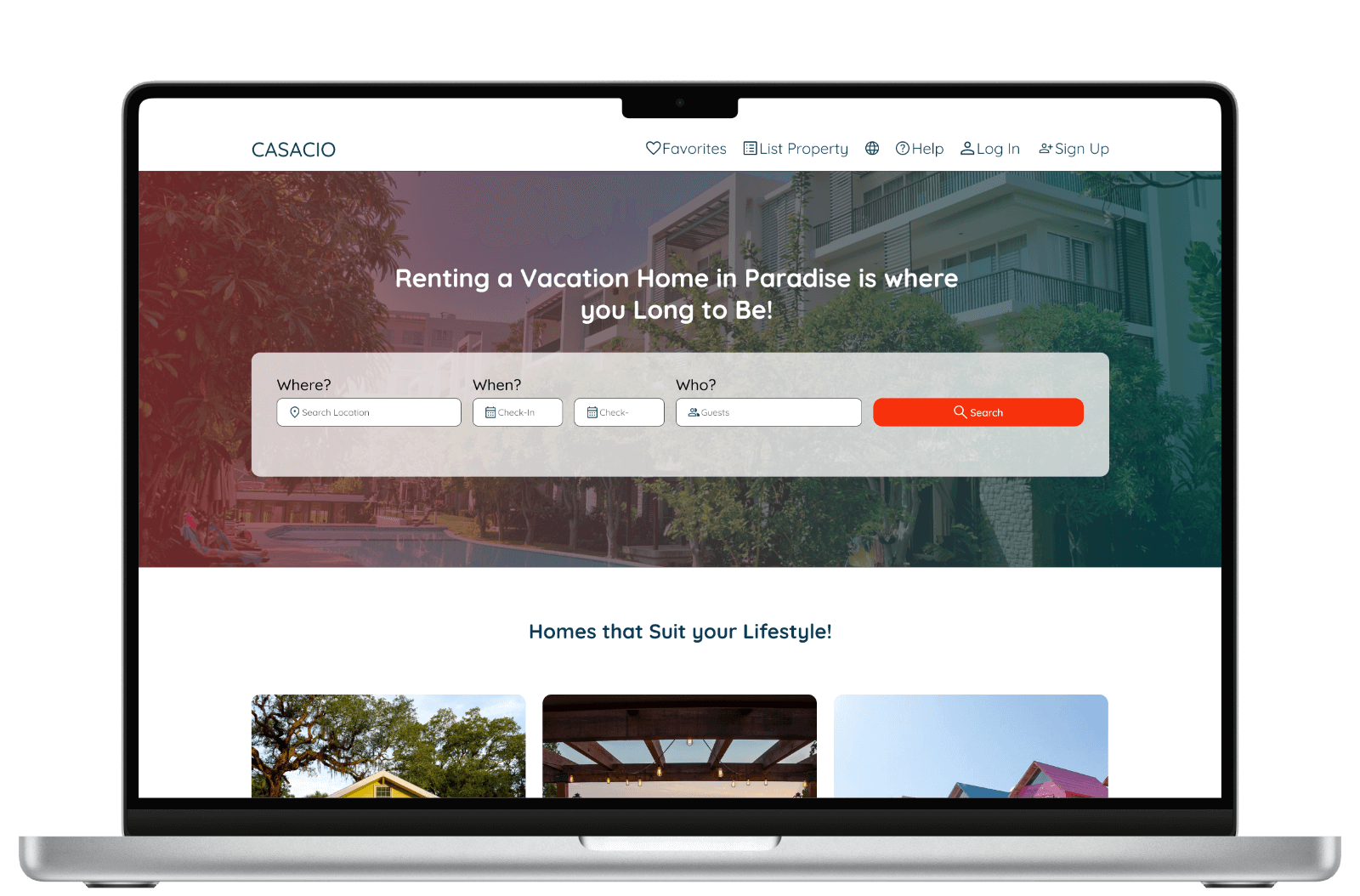
2. Understanding the User
User Research Summary
Through extensive secondary research, reviewing forums from users and hosts, and creating personas, I gained invaluable insights on effectively catering to users’ needs on the vacation rental home website.
Pain Points
Hosts want guests to be fully aware of their home’s rules, criteria, and conditions before booking to avoid attracting the wrong type of guests who won’t respect your rental home and its rules.
Guests need to filter vacation rental homes more efficiently to avoid re-entering the information more than once.
Both hosts and guests need to communicate with each other to ask questions and concerns within the app after booking and during the guests’ stay.
“I’m a landlord, and I totally get how important it is to make sure everyone living in my building feels comfortable and happy. I’ve got this well-furnished condo in a neighborhood where many adults like to live and socialize. So, I’ve set up a rule that asks short-term renters not to bring their kids. Now, don’t get me wrong, I love kiddos and all their energy. But, I really want to keep the vibe of the place more geared towards adults and all the cool stuff that comes with that.”
34
Age
Bachelor's Degree
Education
Los Angeles, CA, USA
Hometown
Landlord & HR Specialist
Occupation
Problem Statement
Antonio Martinez is a resident who takes pride in renting out his condominium to a specific audience. Antonio understands that his condo’s location may appeal primarily to adults in their 20-30s, so he wants to ensure that the guests that book his condo are adults.
To avoid conflict, Antonio wants to ensure guests fully understand his home’s standouts, rules, and conditions before booking.
Goals
- Have my rental home booked by relevant guests.
- Be in contact with renters when necessary and needed.
- The rental home list is found easily with the correct filter settings.
Frustrations
- Users do not read and follow house rules and instructions before booking a vacation rental home.
- Guests need to be more honest with the type of guests they bring in.
Persona 2: Bella Jace
“I love taking vacations where my friends and I can let loose and do things we enjoy. We’re all about exploring the nightlife, trying out local wineries and coffee shops, and living it up like the rich and famous. So, it’d be amazing if we could find a vacation rental home that puts us right in the middle of all the fun adult stuff!”
22
Age
3rd Year College
Education
Sheffield, England, UK
Hometown
Digital Marketing Specialist
Occupation
Problem Statement
Bella Jace is a tourist from Sheffield, England, who is excited to explore the United States. She and her friends hope to find a vacation rental home in Los Angeles on the website that matches what she’s looking for, so she can discover exciting places and meet other adults who share their interests.
Goals
- Book a vacation rental home in Los Angeles for her and her friends.
- Filter the search results to find the rental home that matches her interests.
- Can communicate with the host when needed.
Frustrations
- The host is unresponsive after sending a message.
- Filter selection resets after moving back and forward on the website.
- Need help finding the main features that make the rental home unique and valuable from other rental homes.
User Journey Map
Mapping Bella’s user journey shows how helpful it would be for users to use and access the Vacation Rental Home website via desktop, tablet, and mobile devices.
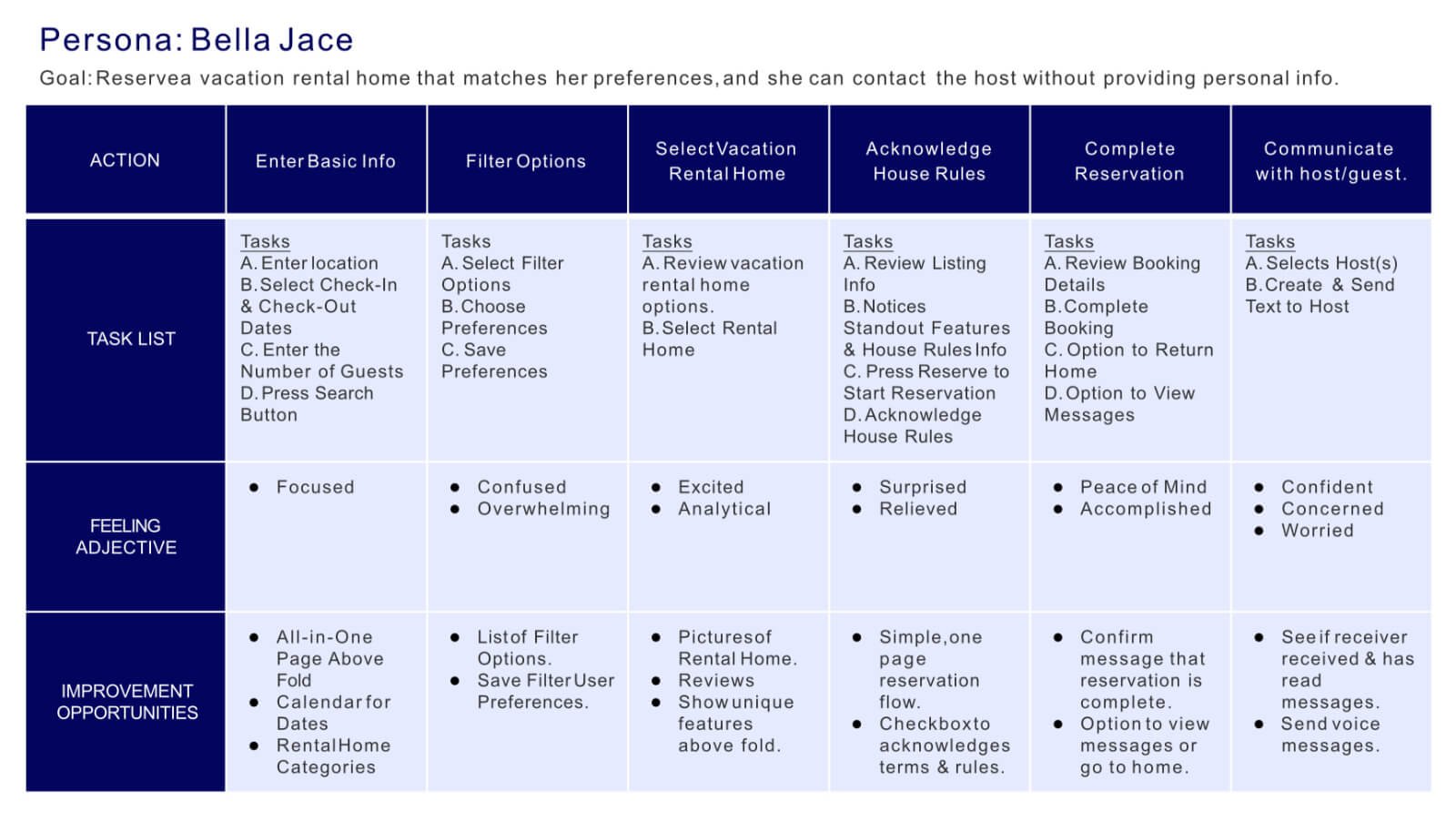
3. Starting the Design
Paper Wireframes
I sketched the wireframes to come up with ideas on how to address user pain points.
The stars on the wireframe represent elements used for the vacation rental booking app homepage.

Digital Wireframes
Search Filter
The use of search filters for the responsive website can be beneficial for individuals. It allows them to browse properties casually or narrow down their search to find the perfect rental property.
Design Choices - Search Filter
The search filter feature enables users to efficiently filter their choices and locate the rental property that most closely aligns with their requirements.
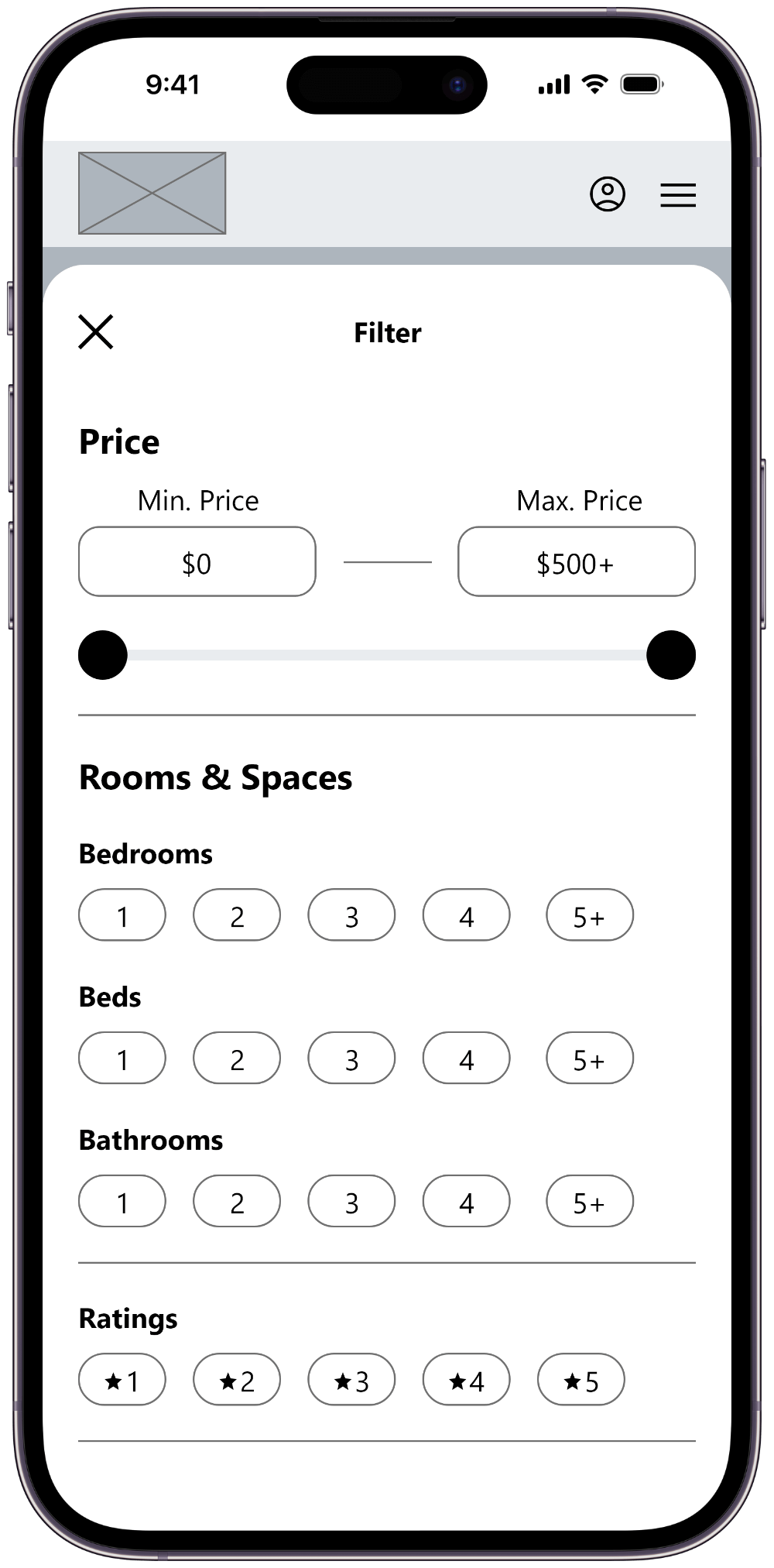
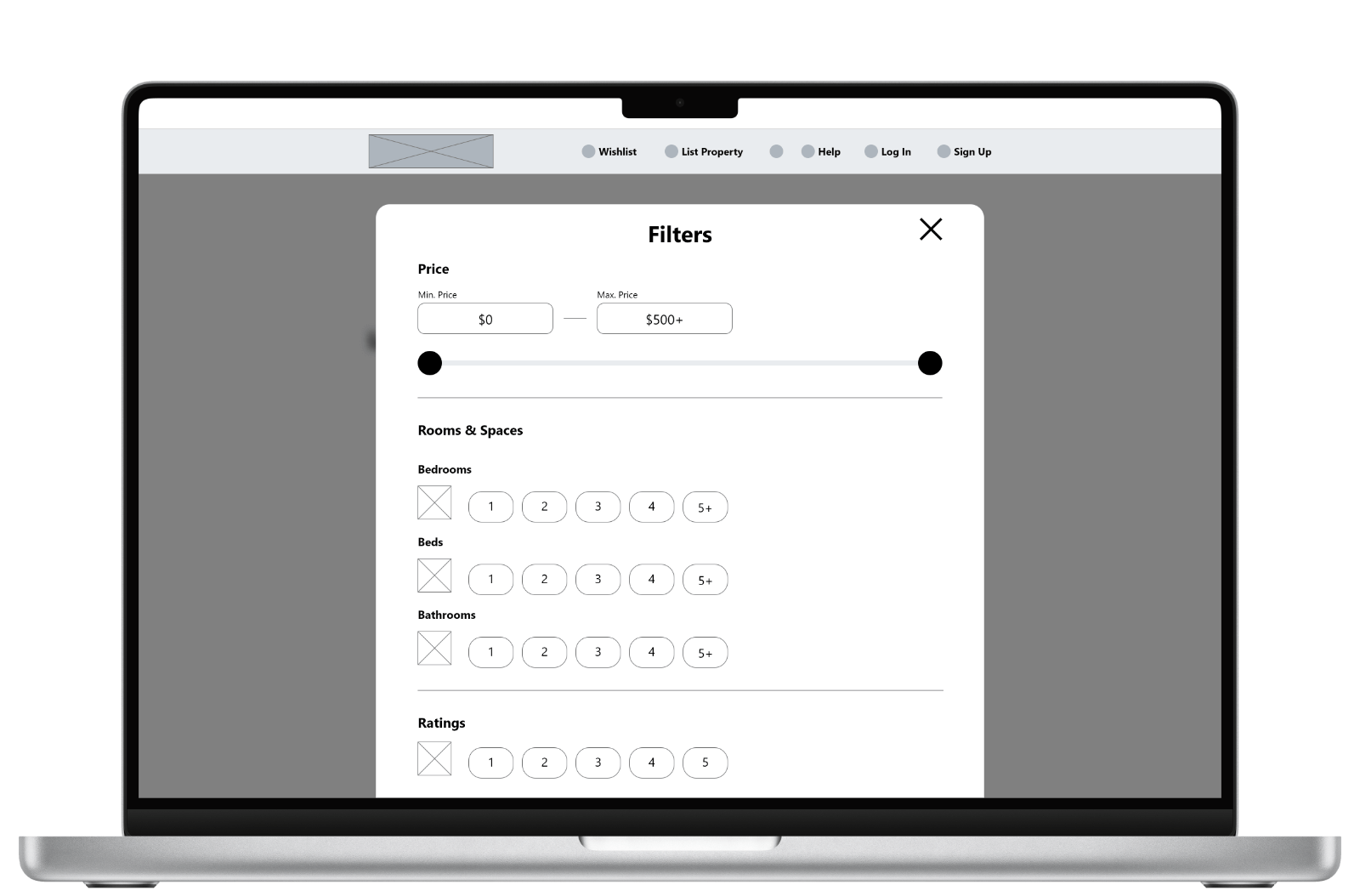
House Rules More Visible
The house rules are clearly visible above the fold to users upon viewing the listing and do not require any additional scrolling, which reduces the risk of missing or disregarding them in favor of other details.
Design Choices - House Rules More Visible
The rental home shows the specific house rules adjacent to essential features, from the number of bedrooms and bathrooms to the ratings, so users can see them clearly and be aware of them before determining if the vacation rental home best fits their needs and avoiding tension with the host.
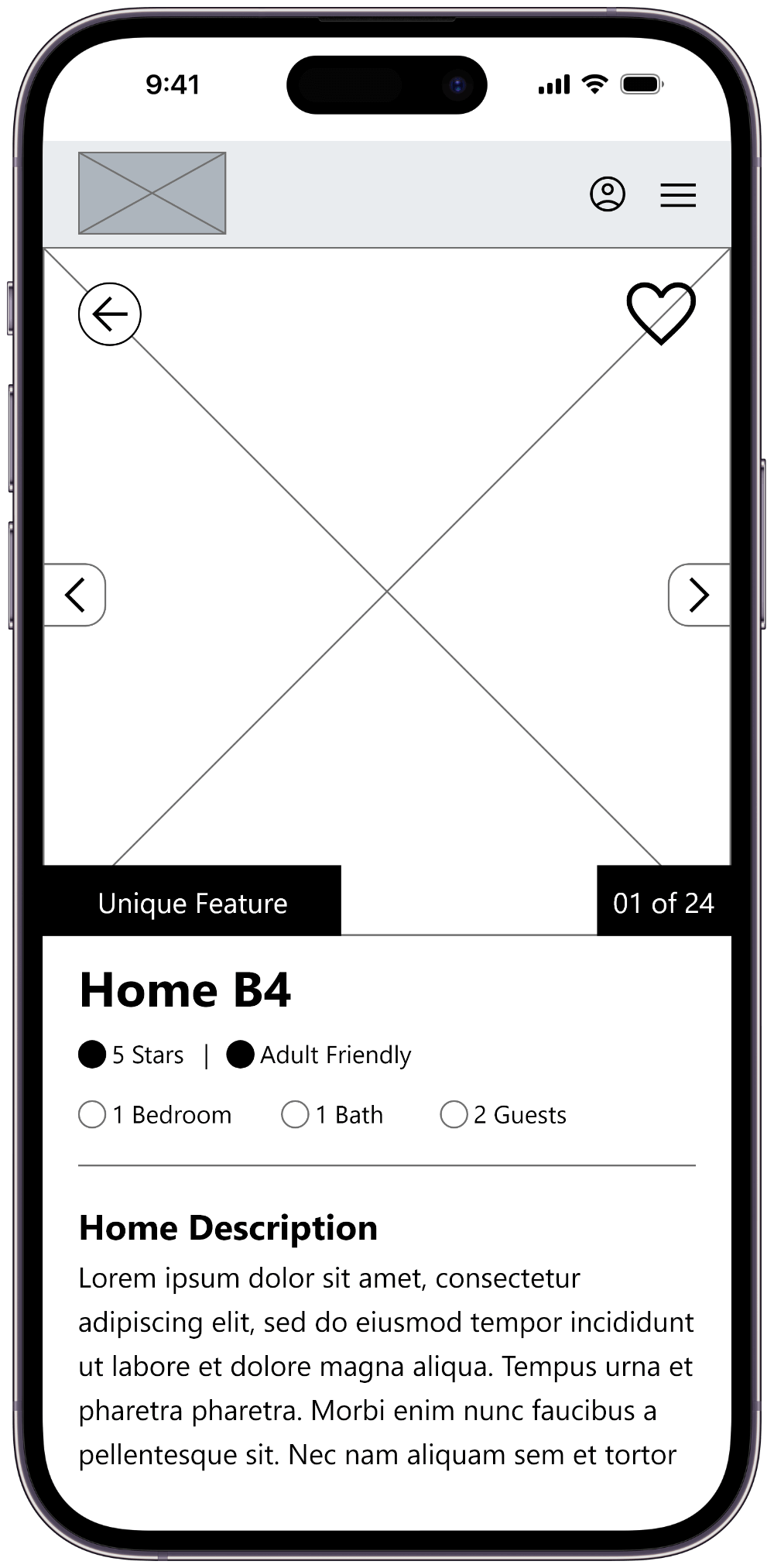
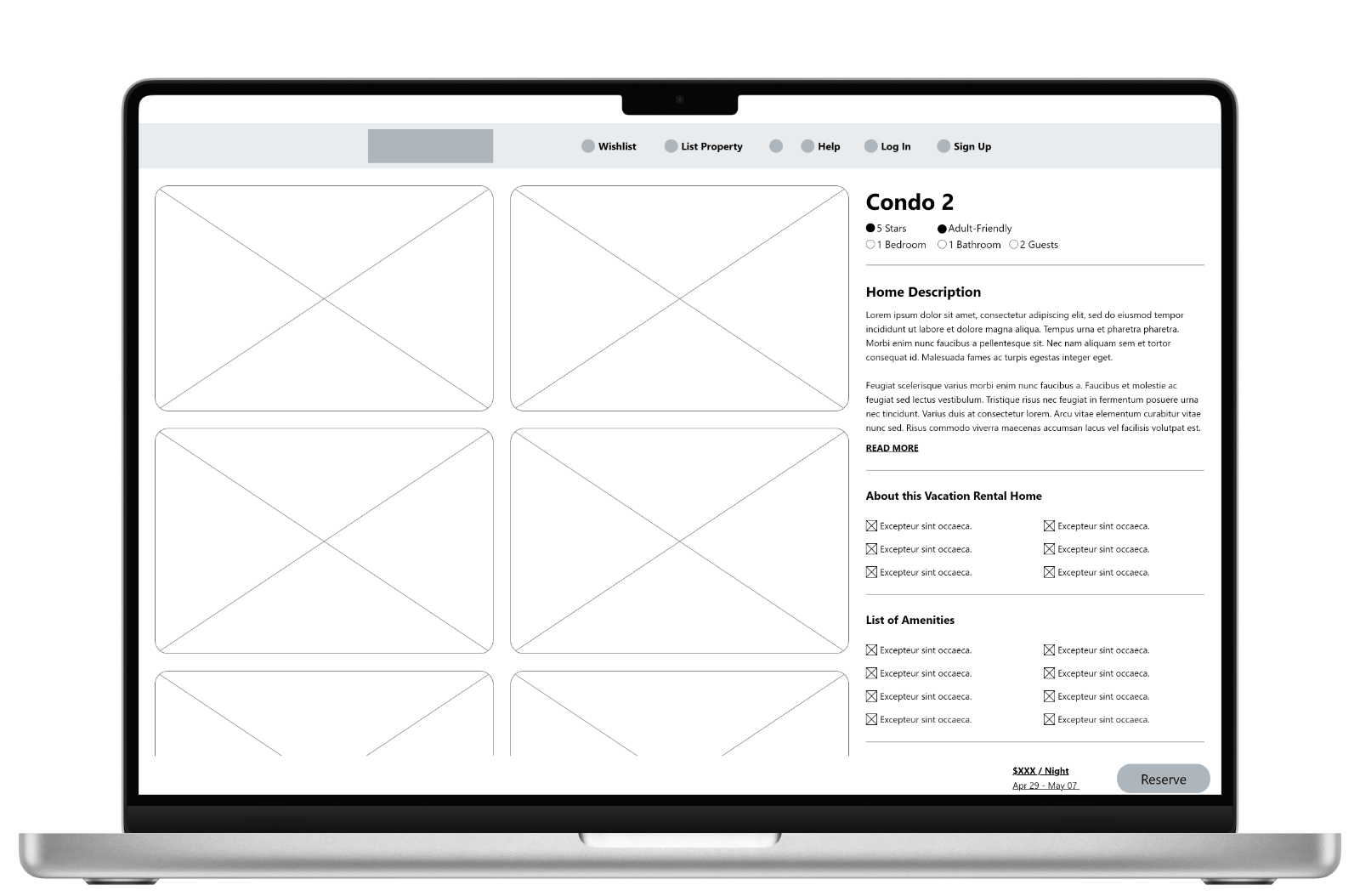
Built-In Messaging
Hosts and guests can communicate without exchanging personal contact information, which helps to ensure privacy and prevent any potential misuse of data outside of the website.
Design Choices - Built-In Messaging
- The website provides messaging services for guests and hosts to communicate without relying on third-party applications or software.
- The format of the text messages is intentionally similar to messaging services commonly used on mobile devices and messaging apps, in order to offer a familiar experience for users accustomed to those services.
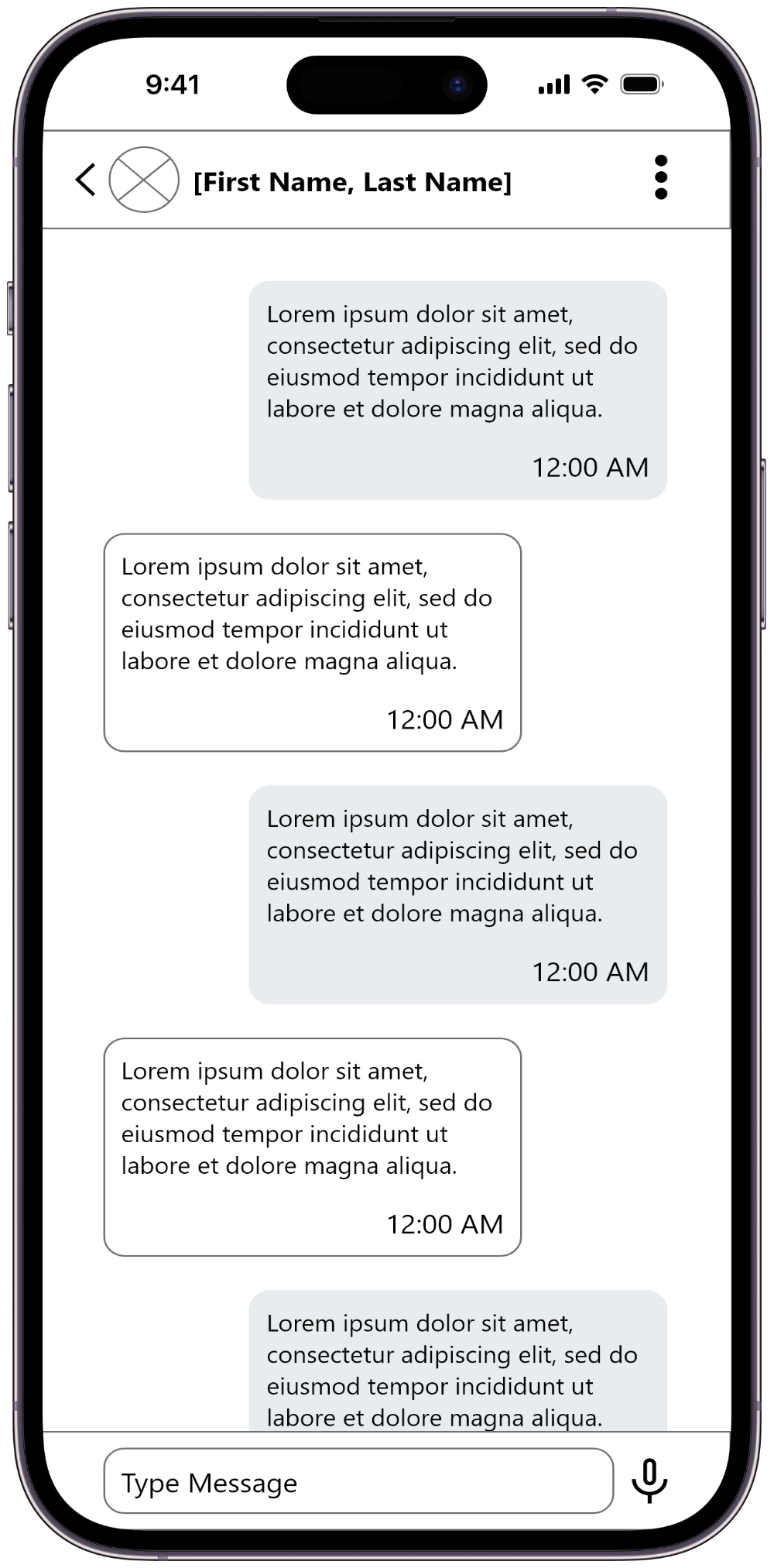
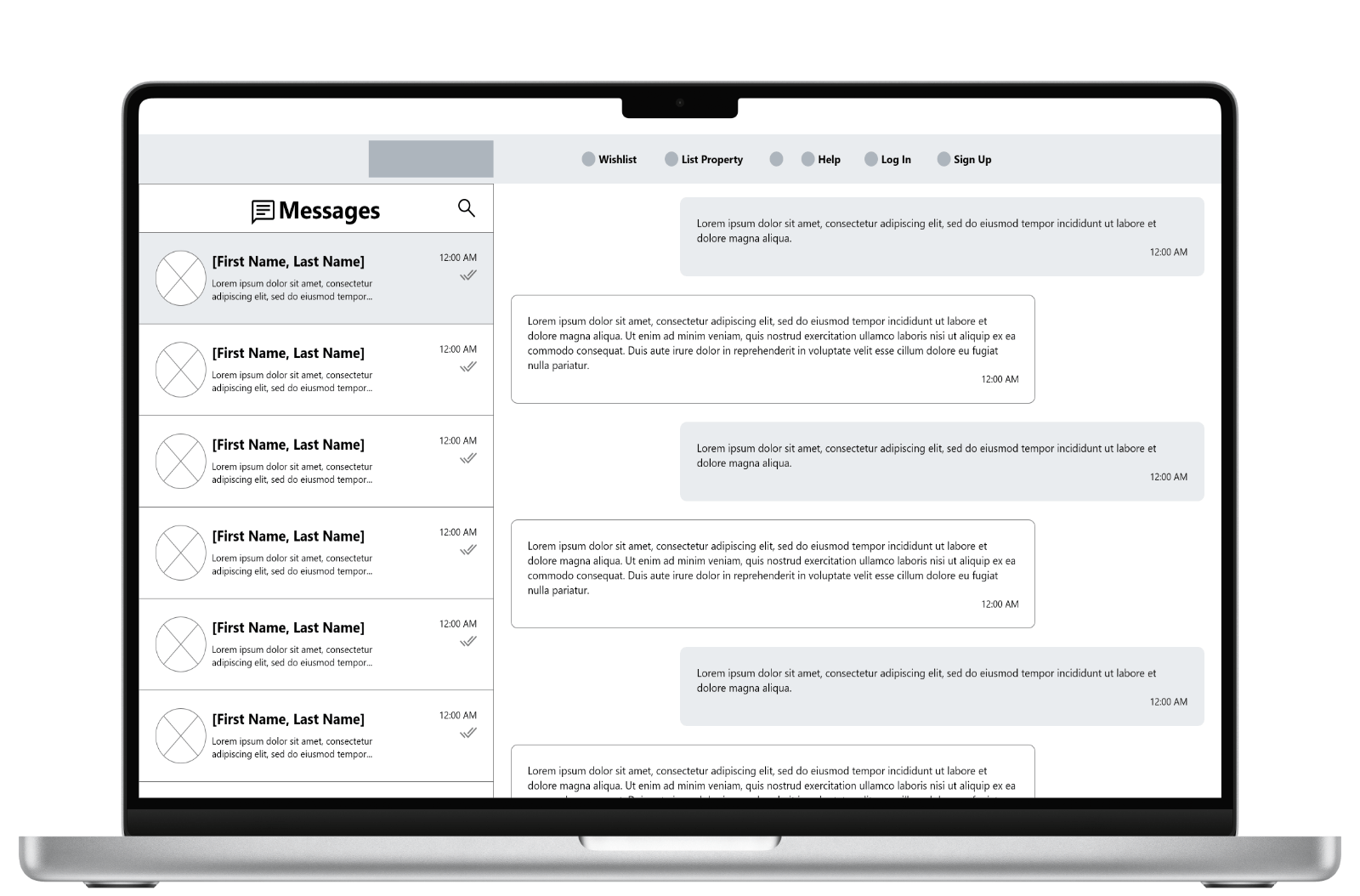
Low-Fidelity Prototype – Mobile
Low-Fidelity Prototype – Desktop
Usability Study Findings
During the usability study, we utilize low-fidelity wireframes which the users provide feedback on to improve and refine the user experience for the mockups.
Round 1 Findings
1.
No acknowledgment that guests read and checked house rules during the booking process.
2.
Users have to scroll down within the filter options to save filter preferences.
3.
Information on additional guests must be approved and completed before confirmation can be approved and completed.
4. Refining the Design
Mockups
Filter Call-To-Action Buttons Placement
The filter options’ call-to-action buttons remain visible and fixed on the screen while users scroll down to access their preferred preferences. This feature enables users to save and clear their filter options without unnecessarily scrolling down.

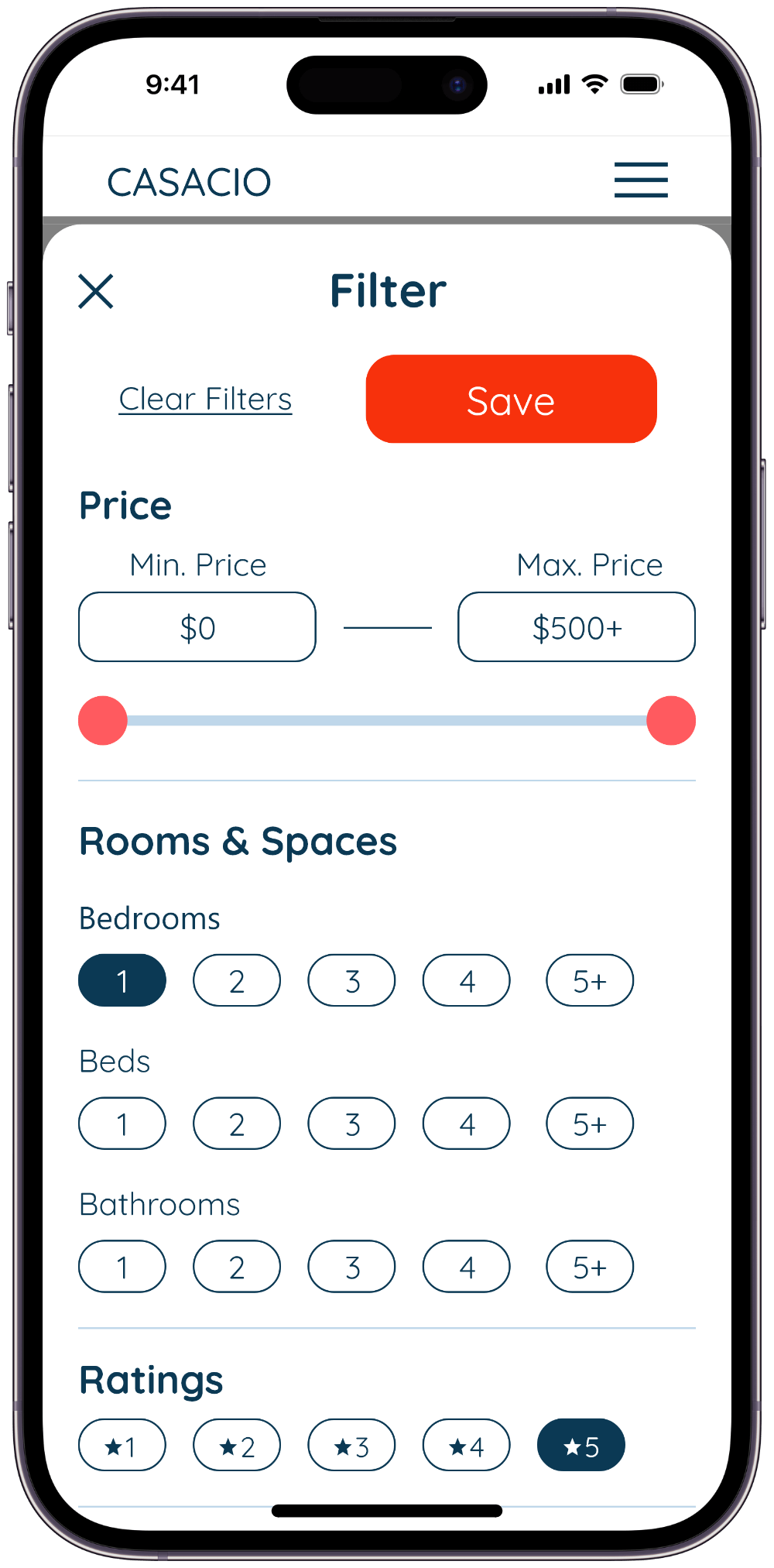
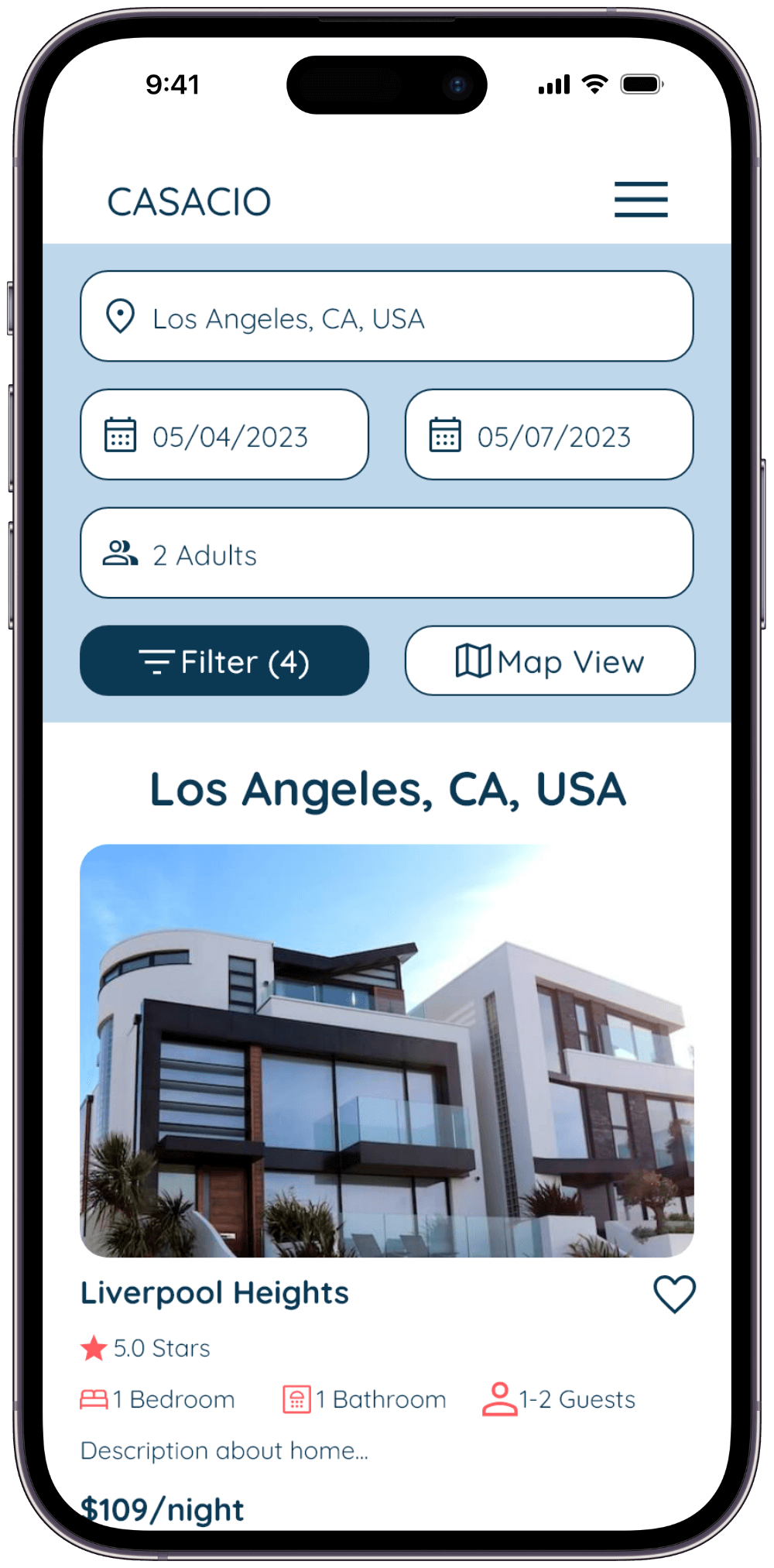

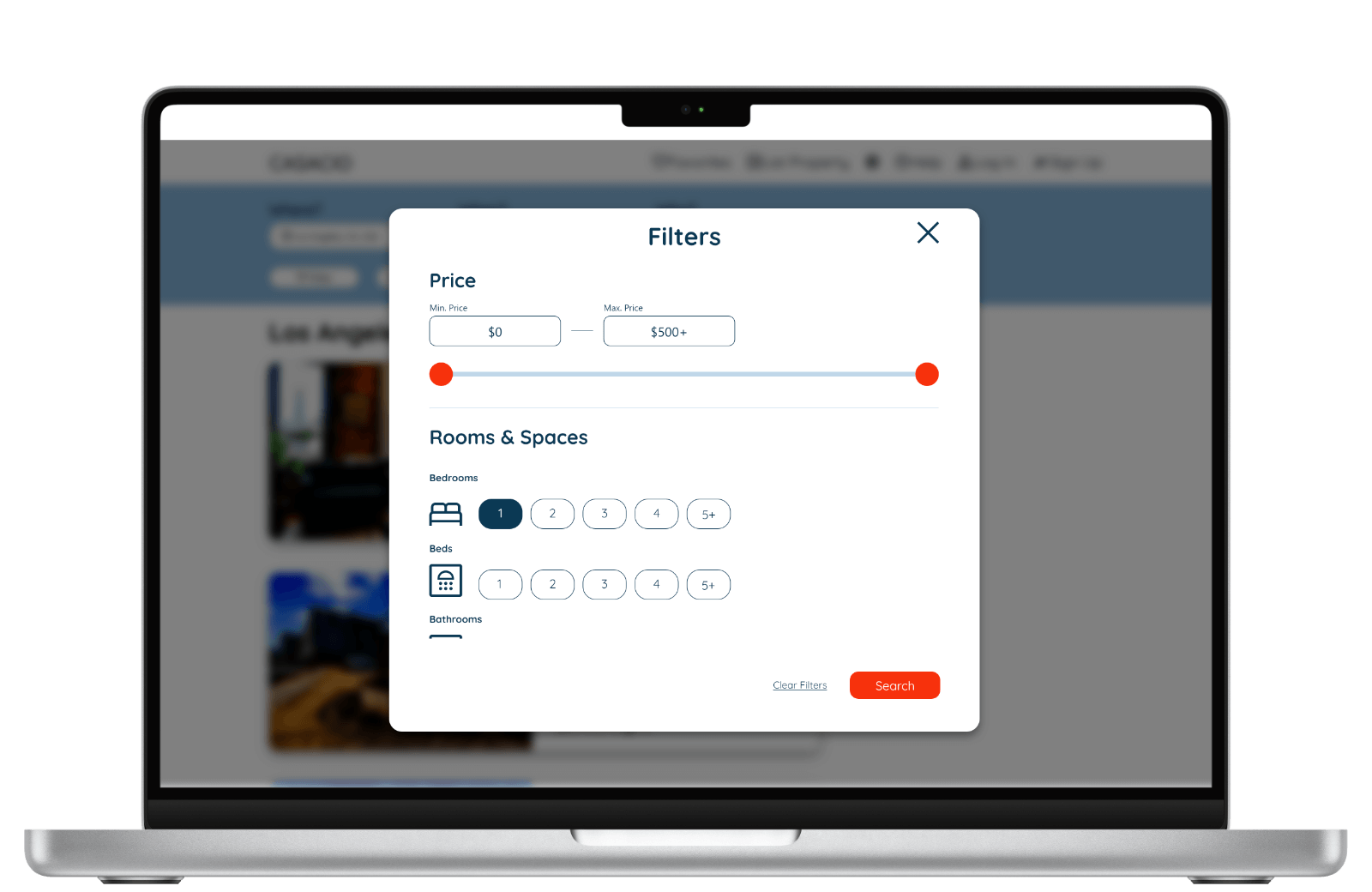
User Reading & Confirm House Rules
It is important for users to review the host’s house rules before finalizing their booking to ensure they have a clear understanding of them. This helps to prevent hosting guests who may not be a good fit and minimizes the risk of conflicts among guests.
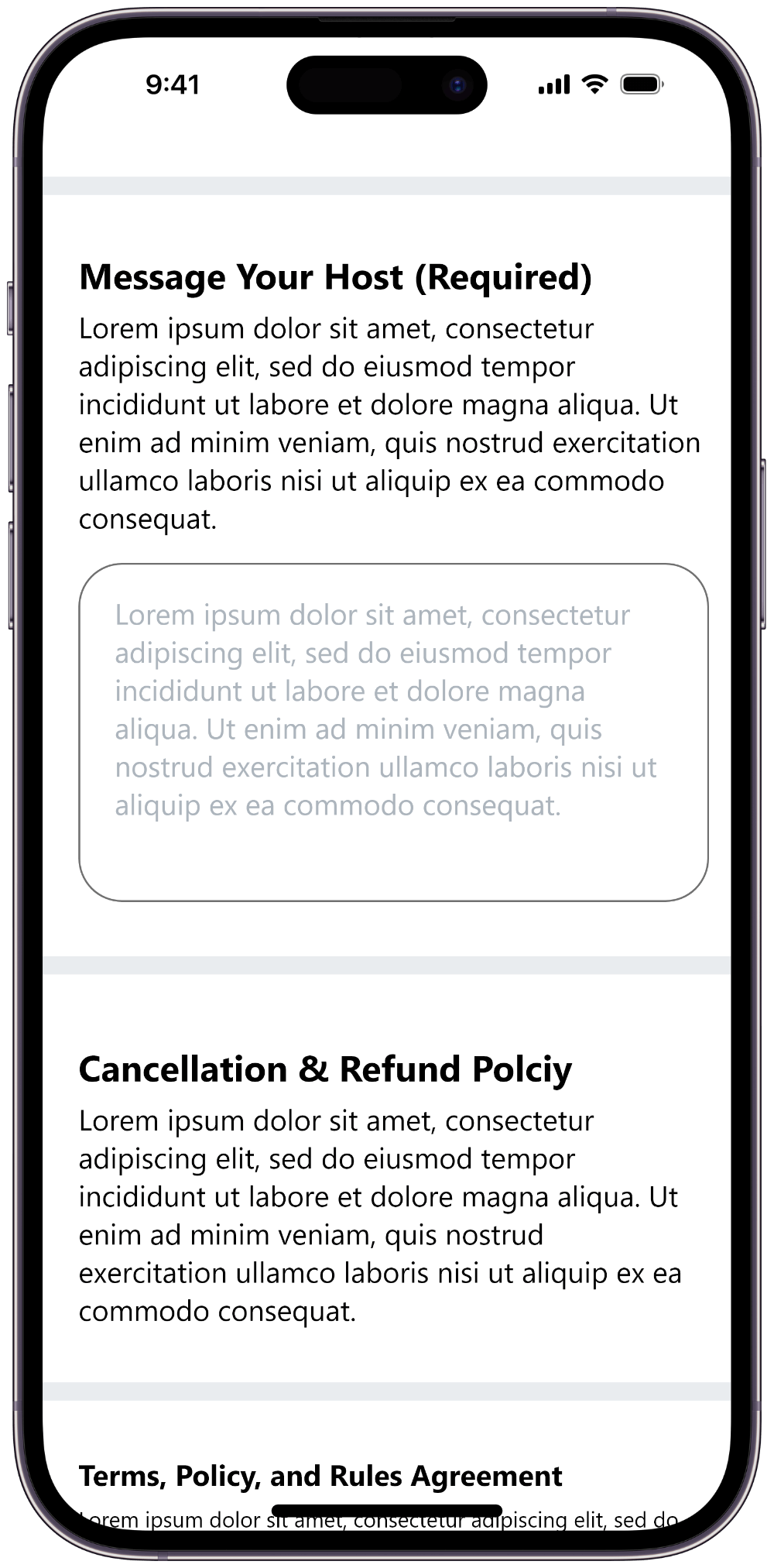
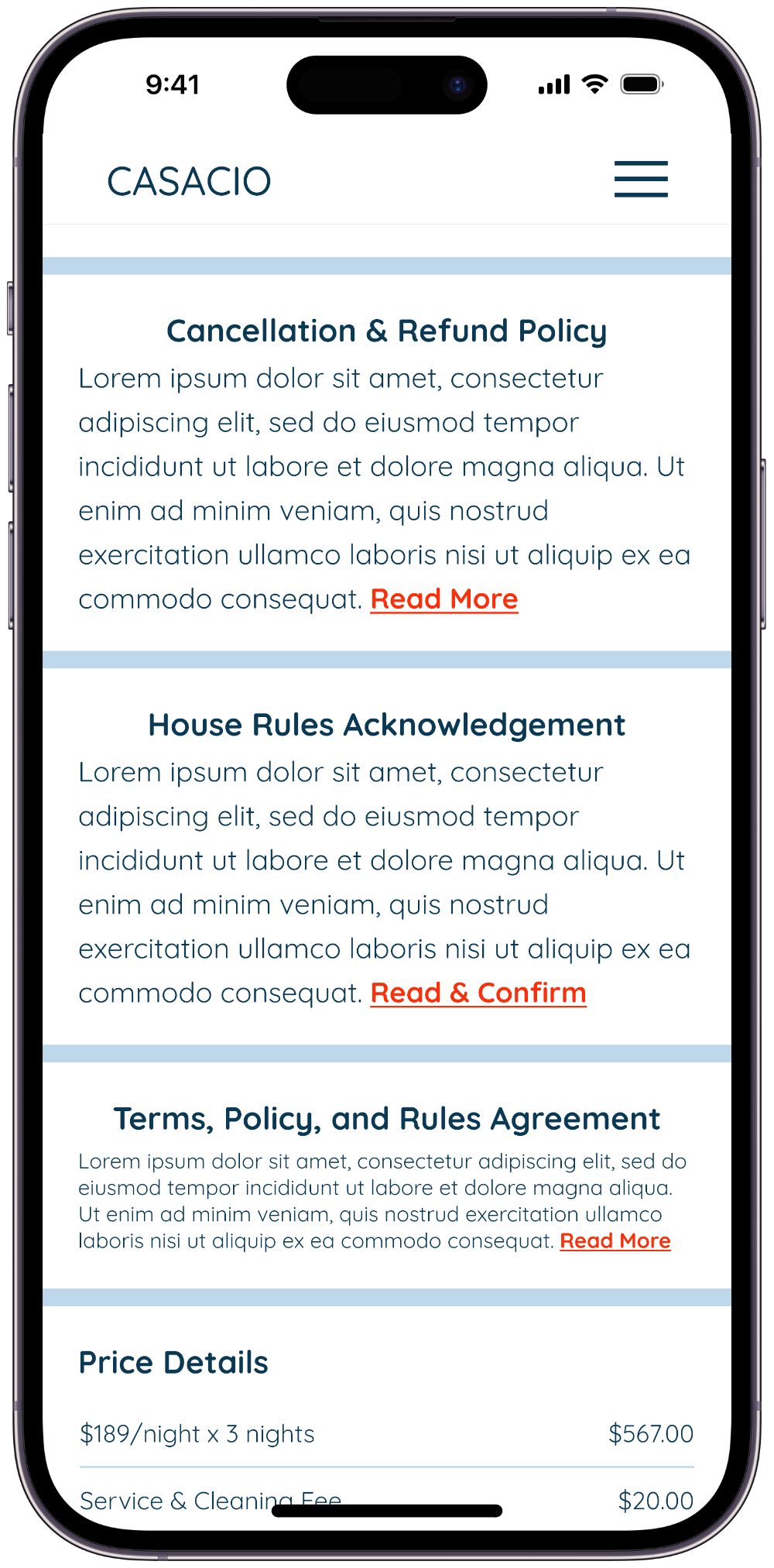
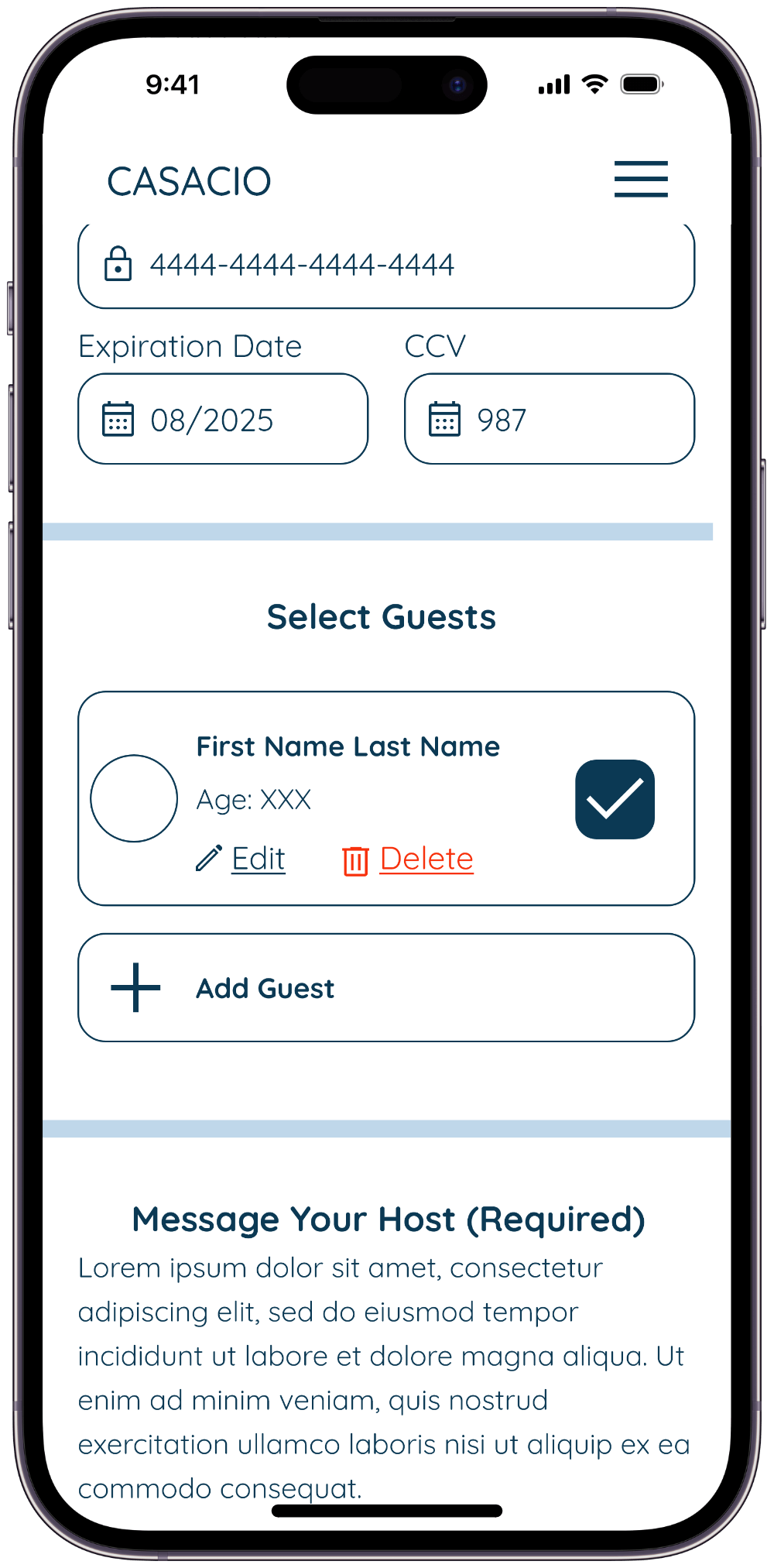
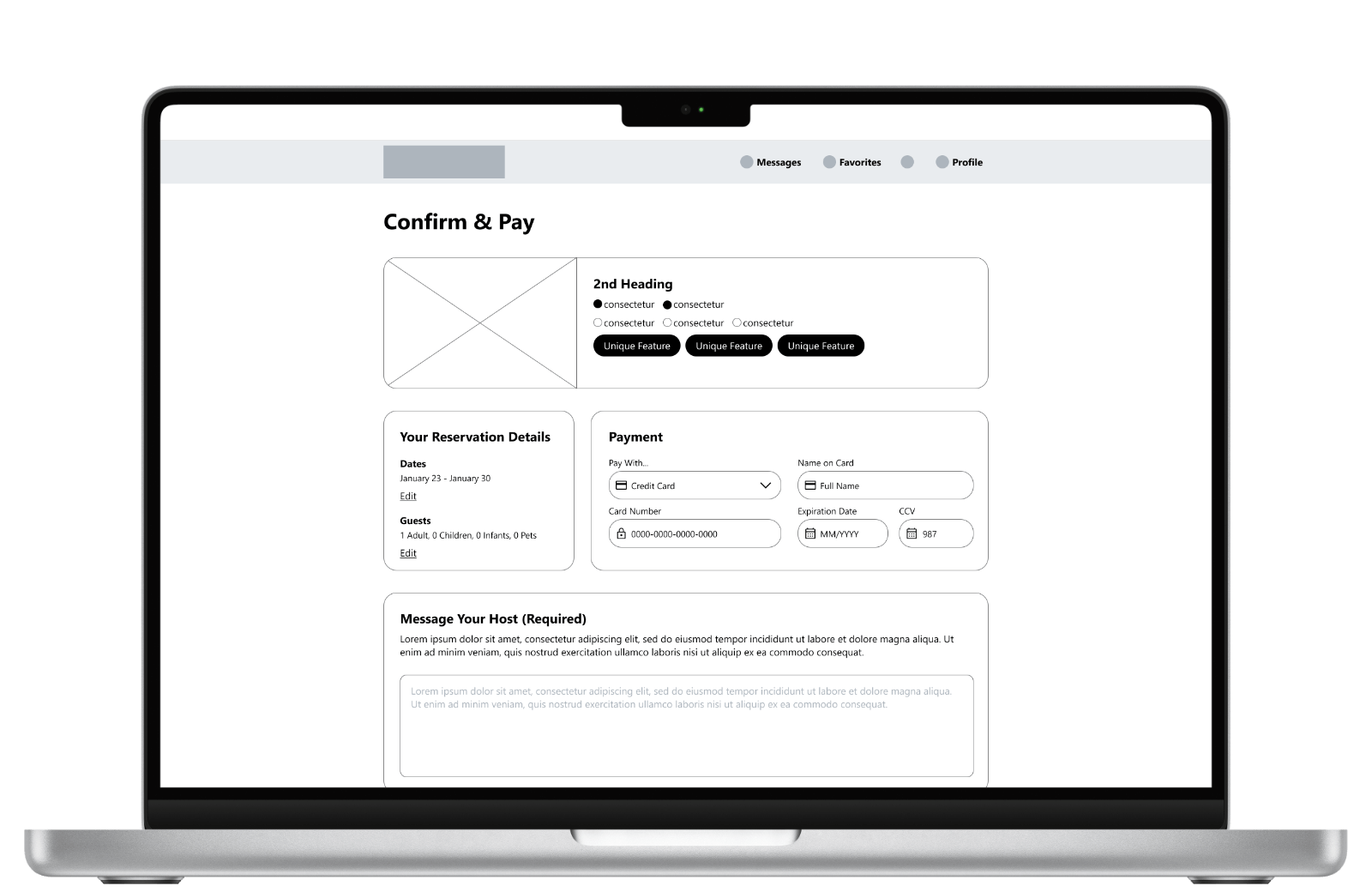
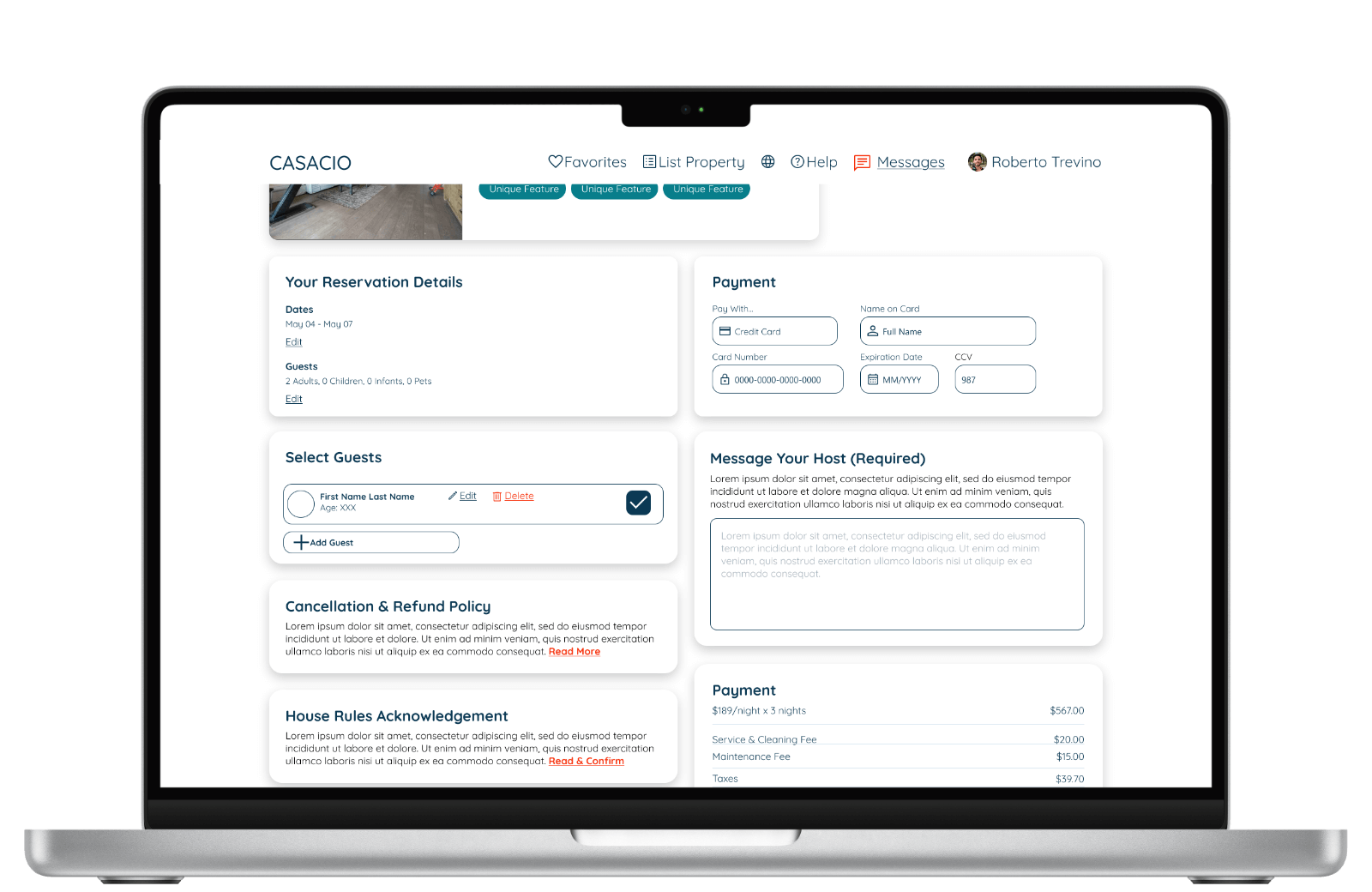
Mockups
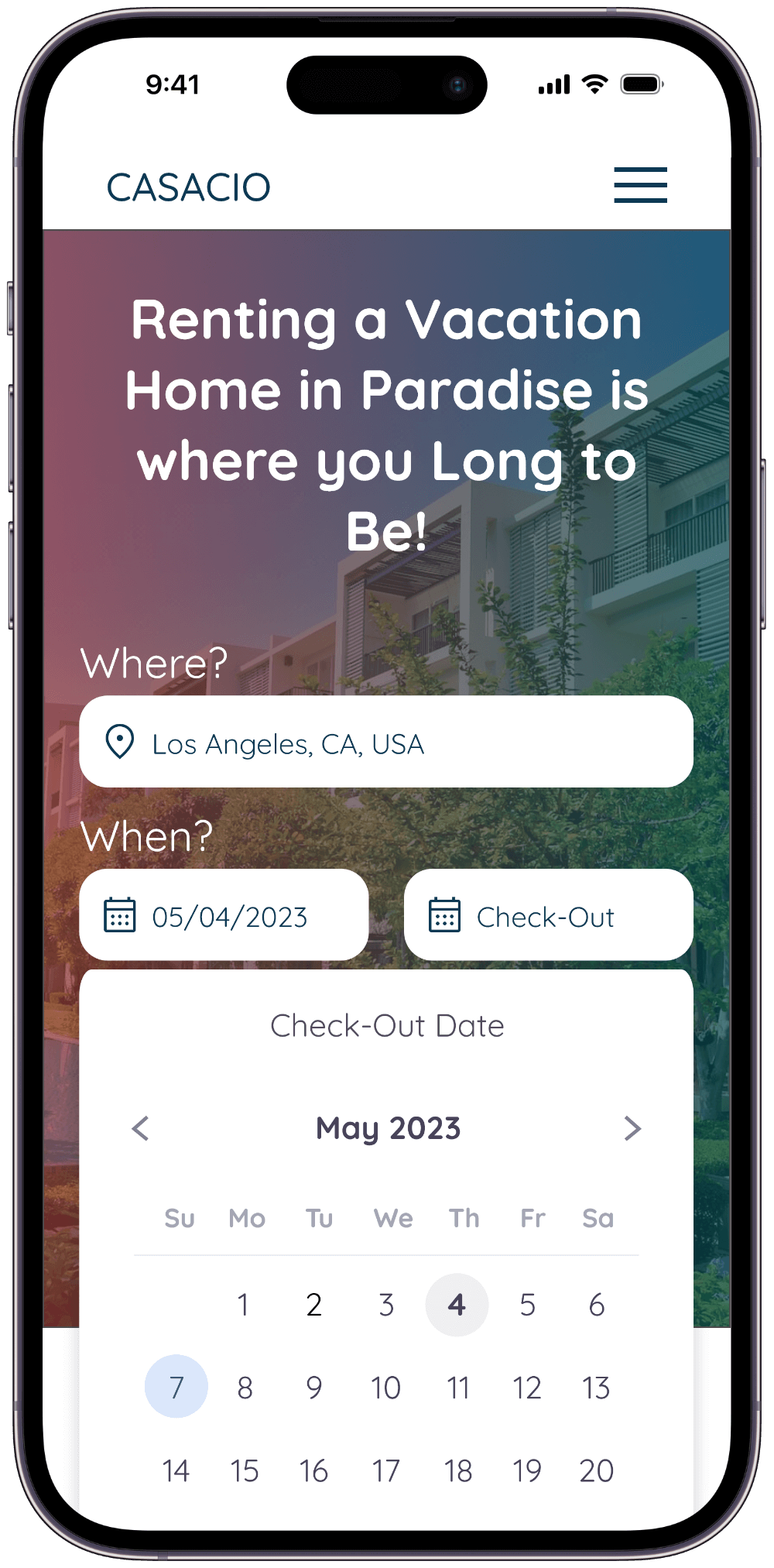

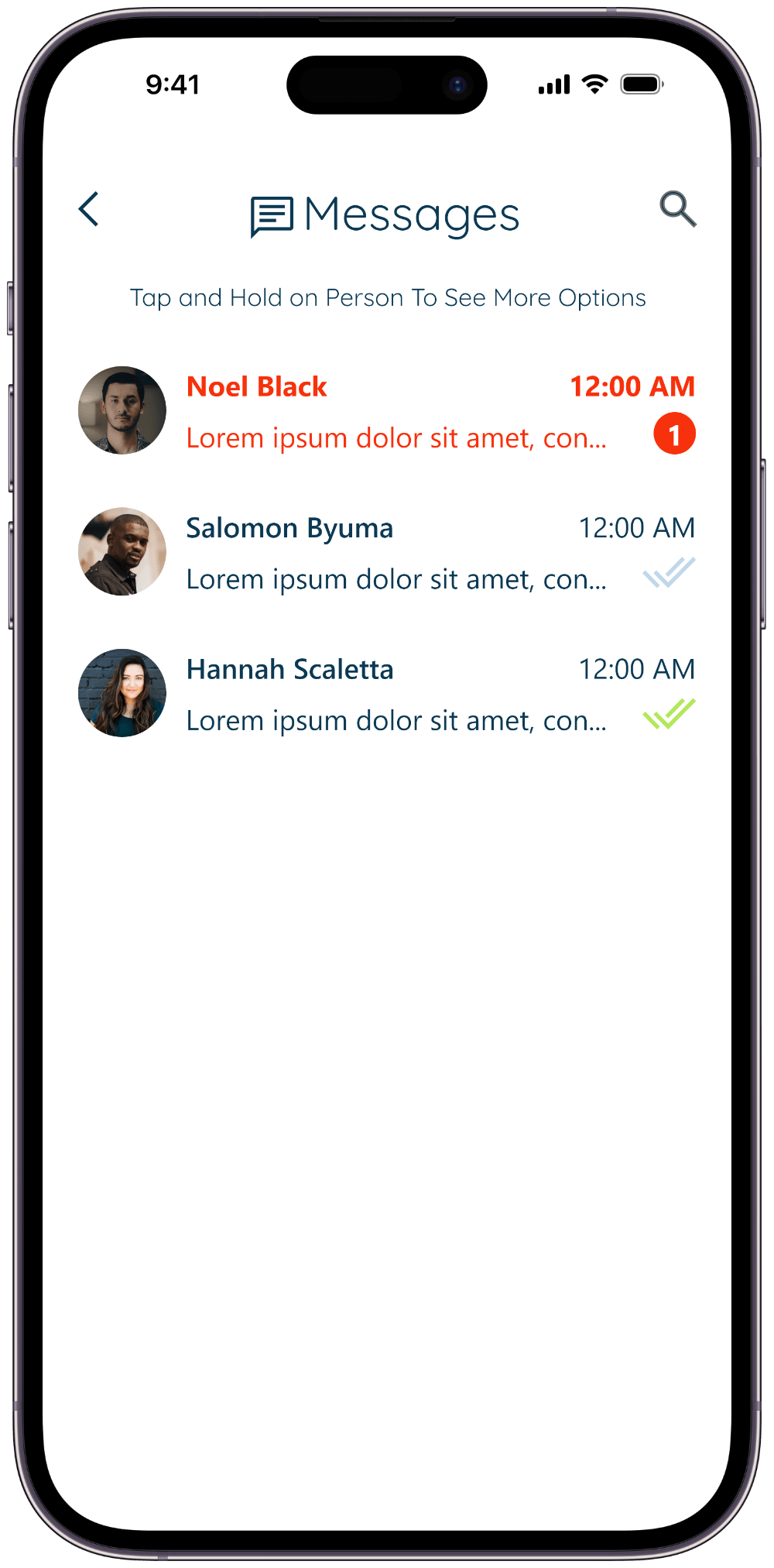
Mobile – High-Fidelity Prototype
Desktop – High-Fidelity Prototype
Accessibility Considerations
1.
When using a desktop, website pages can be navigated efficiently using a keyboard.
2.
Limit the use of visual effects and animations, To avoid distracting users from their tasks and causing disorientation
3.
Having a strong color contrast, large font sizes, and line heights to enhance readability for users.
5: Going Forward
Impact
The website for booking vacation rentals is responsive, so it adjusts to fit various screen sizes on different devices so that users can complete the primary task. The mobile-first approach ensures that essential elements to complete the primary task are prioritized when creating the responsive website.
What I Learned
Ensuring guest satisfaction can be a challenging task for renters. One of the main obstacles in this process is the potential for dishonesty during the booking process.
Confirming guests’ understanding of the rules and ensuring compliance can significantly impact the booking process and determine if the renter will have peace of mind that relevant guests will rent their property.
To achieve a balance between the needs of renters and guests, it’s essential to view issues arising from fraudulent bookings as opportunities for improvement. This approach can lead to a better experience for the vacation rental home website.

